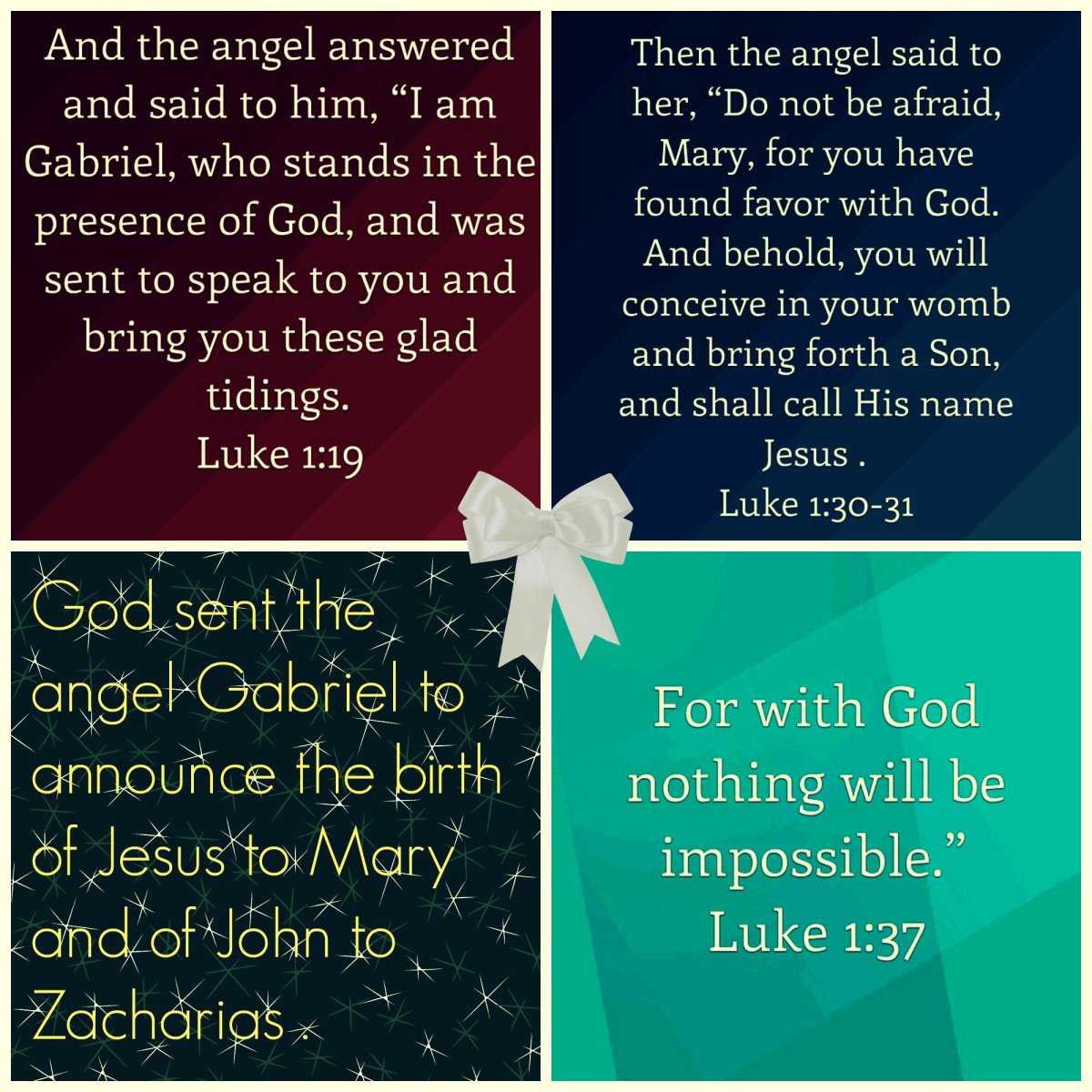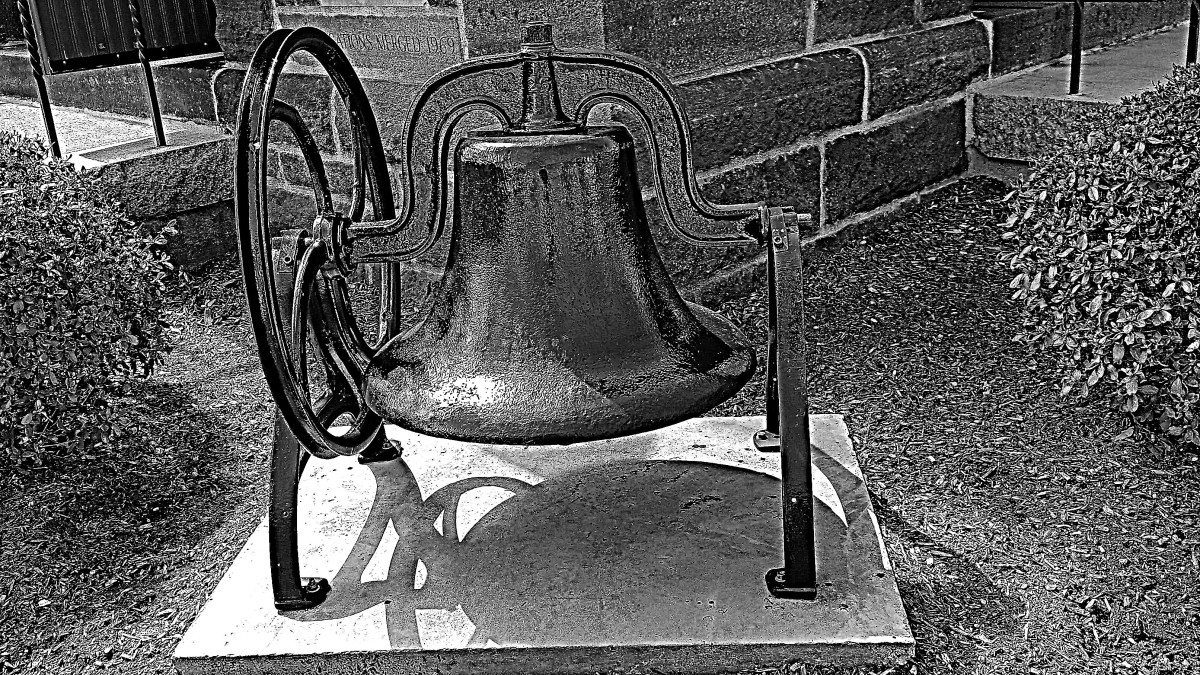Christmas: Is It Scriptural?

My apologies for not writing this article sooner.
Welcome. On this Christmas Eve, we will go discuss Christmas, the yearly celebration attributed to the birth of Jesus Christ. Is it scriptural? Are the ways we do this righteous? Let’s examine the facts. Disclaimer; this article will not attempt to prove what day he was born on, or trying to disprove any idea as to what day he was on. What I will be doing is showing proof that the traditions upheld today are not righteous. Though I quote Hislop, I only see the things I quote as correct. I have disagreed with him before. Such as the idea that the shepherds would not be out during this time given that there seems to be historical proof saying otherwise, but that’s not confirmed.
- December 25th
- Christmas Tree (I also address the false idea that Jeremiah 10 1-5 and Hosea 14 8 are about Christmas trees).
- Conclusion
December 25th
Source: Hislop, Alexander, The Two Babylons pg.85-87
According to mythology, the Winter Solstice was the day that the sun began to regain its dominion over the night due to the night being prolonged during this time period. A battle between the sun and moon, if you will. These celestial bodies were worshiped by the nations (Deuteronomy 4 19).
The Roman holiday known as Saturnalia has many similarities to Christmas; gift giving, singing, and parties, celebrated from December 17th to December 25th. They worshiped Saturn, the sun god, which has relations to the ancient sun religions all the way up to Nimrod. The Roman emperor Constantine tried to gain converts, but the pagans did not want to. Constantine incorporated both religions together, letting the pagans keep their religious traditions under the guise of worshiping the Most High. And something we must keep in mind is that during the time of the Romans their religions had existed long before they did. Religions evolved and similar practices were repeated in honor of the same deities but under different names.
- “and we find Tertullian, even in his day, about the year 230, bitterly lamenting the inconsistency of the disciples of Christ in this respect, and contrasting it with the strict fidelity of the Pagans to their own superstition. “By us,” says he, “who are strangers to Sabbaths, and new moons, and festivals, once acceptable to God, the Saturnalia, the feasts of January, the Brumalia, and Matronalia, are now frequented; gifts are carried to and fro, new year’s day presents are made with din, and sports and banquets are celebrated with uproar; oh, how much more faithful are the heathen to their religion, who take no special care to adopt no solemnity from the Christians.” Upright men strive to stem the tide, but in spite of all their efforts, the apostacy went on, till the church, with the exception of a small remnant, was submerged under Pagan superstition.”
Although I recognize that December 25th was a day honored by these pagans, Imusalso address the false idea proposed that multiple gods from other religions also had this day celebrated to honor their birth, most notably proposed by the documentary film Zeitgeist. For example, some claim that Horus and Mithra were born on December 25th, and this is used as evidence that Jesus did not exist.
Horus' birth was celebrated in the so-called "Epagomenal Days", a four day festival period in the ancient Egyptian calendar which fall between August 24 and 28. Not December (Epagomenal days by the Global Egyptian Miuseum).
There is no evidence linking December 25th to Mithraism at all. Mithraic scholar Roger Beck calls the idea that Mithras’ birth was associated with December 25th “the hoariest of ‘facts''.
“In truth, the only evidence for it is the celebration of the birthday of Invictus on that date in the Calendar of Philocalus. Invictus is of course Sol Invictus, Aurelian's sun god. It does not follow that a different, earlier, and unofficial sun god, Sol Invictus Mithras, was necessarily or even probably, born on that day too.”
There are a lot of so-called similarities proposed by non-believers or by those like myself who, in their zeal to separate themselves from the lawless, follow these fake claims. I will be addressing them here.
Christmas Tree
Why do we put a tree up? Why do we deck the halls with holly? According to page 89-90 of Hislop’s book, candles were used to worship false gods in ancient Babylon. The Christmas tree comes from Egypt (palm tree) and in Rome (fir tree). The Egyptians called it Baal-Tamar, the fir referred to as Baal-Berith. The mother of Adonis, the Sun-God and great mediatorial divinity, was mystically said to have been changed into a tree.
- “The Christmas-tree, as has been stated, was generally at Rome a different tree, even the fir; but the very same idea as was implied in the palm-tree was implied in the Christmas-fir; for that covertly symbolized the new-born God as Baal-Berith, *“Lord of the Covenant,” and thus shadowed forth the perpetuity and everlasting nature of his power, not that after falling before his enemies, he had risen triumphantly before them all. Therefore, the 25th of December, the day that was observed at Rome as the day when the victorious god reappeared on earth, was held at the Natalis invicti solis, “The birthday of the unconquered Sun.” Now the Yule log is the dead stock of Nimrod, deified as the sun-god, but cut down by his enemies; the Christmas-tree is Nimrod redivivus- the slain god come to life again.”
Laurel or bay leaves were popular with the pagan Romans because the leaves were sacred to Apollo, the sun god. The ancient Romans used decorative wreaths, made from laurel wreaths as a sign of victory, and it is believed that this is where the seasonal hanging of wreaths on doors came from. Mistletoe was used by the Druids. It was revered as a sacred plant by the Celts, the Norse, and the North American Native Americans. Druids believed that mistletoe could protect against thunder and lightning. Priests would use a golden sickle to cut a piece of mistletoe from an oak tree, catching the branches before they reached the ground. The mistletoe would then be cut into small pieces and distributed amongst the people. (Twelve Christmas Traditions With Pagan Origins by Expat Mamasita).
Disclaimer: Jeremiah 10 is not describing a Christmas tree. It describes the crafting of an idol out of wood, silver, and gold. And Hosea 14 8 does not refer to a Christmas tree either. This was just referring to the tree.
The 12 Tribes were repeatedly told not to follow the ways of the heathen. Taking their traditions and trying to incorporate it with the Bible has no basis. Such traditions should be left alone. Peace and blessings, and all praises to the Most High.
I want to apologize for such a short article right before Christmas. I have been feeling very stressed and I let it get to me. I will try to do better in the future.








